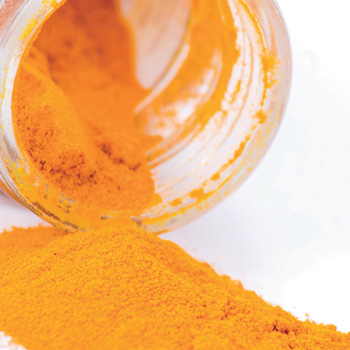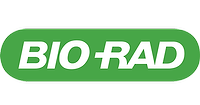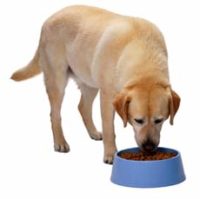Ionizing radiation has been used for many years as a way to preserve foods by delaying spoilage and also to kill foodborne organisms that cause illness. Regulations on irradiation of food vary from country to country and sometimes within regions of the same country. Some countries have no legislation on the use of radiation while others ban it completely. In certain cases, legislation may allow only certain foods to be irradiated for preservation purposes. An example of this partial allowance approach would be in Japan where it is permissible to irradiate potatoes to delay sprouting, but other foods or food components cannot be irradiated. Food components might include additives like spices or hops used in beer.
The Challenge
Many times, the label on the package is the only indication to a consumer that a food was irradiated. Reliance on labeling assumes that a label will always be present and not missing due to intentional removal, damage or neglect. Since irradiated food does not have any residual radioactivity or contamination, the use of a portable survey meter or “Geiger counter” will not indicate any increase in radiation. Irradiation of food is done with a high-energy radiation source, such as a 60Co source or a linear accelerator, similar to a high power X-ray machine. This process is much like other products that are sterilized using radiation, such as disposable surgical products, band aids and syringes. Food that has been irradiated typically does not look any different or have a different texture or taste.
While irradiation of food offers health-related and economic benefits, there is concern by country health officials and business that food irradiation may be used to mask poor food quality and serve as a crutch to improper food handling and processing. These groups want to ensure that food and food components maintain a high level of quality. An example of low-quality ingredients might be spices that were not handled or stored properly and that contain bug infestations. Using irradiation to kill the microscopic bugs in the spice may make the spice edible and prevent it from causing illness, but the quality of the spice is still poor. Another example would be chicken or beef that has been improperly handled and has Salmonella or E. coli; while irradiation may kill the bacteria, there are still concerns because the product has not been handled properly.
The Solution
Instead of relying solely on label information, other techniques are utilized to confirm irradiation. While there are many methods of analyzing food and food substances for irradiation, thermoluminescence (TL) technology is widely used because it is highly conclusive and reliable. Other methods are not always conclusive because they do not have a definitive signal that is always present post-irradiation, leading to too many false positives or false negatives. In Japan, the TL technique is the only method allowed by law as conclusive. In other countries, such as Germany and England, the TL method is the mainstay for food testing laboratories and government agencies.
The Thermo Scientific Model 3500 TL reader reliably performs irradiation testing and has been selected by Japan as the instrument of choice for evaluating food. The TL technique relies on the fact that food substances contain materials that are sensitive to radiation, and these substances can store the radiation signal for a reasonable period of time. When the food sample is heated, the material resets the atomic structure and gives off light that may be measured by an appropriate TL instrument. This light corresponds to the amount of dose received. A special process is used to distinguish between man-made or intentional irradiation from natural radiation sources such as the ground or space. This light is captured by a photomultiplier tube and digitized by the Photronics measurement system, which has a linear range of seven orders of magnitude, allowing the measurement of very small to large signals. Once the light, or glow curve, is captured, it is analyzed by the software specific for the irradiated food process.
Business Benefit
Various Ministries of Health, regulators, and food companies concerned about the quality of food rely on the Thermo Scientific Model 3500 and accessories as the first choice to ensure accurate results. In locations where irradiation of food is restricted or banned, the Model 3500 TL may be used in laboratories in both importing and exporting countries to provide certification that food products have not been irradiated, thereby preventing return of the product due to non-compliance. This saves money and ensures confidence in the quality of the food product being imported or exported.
Conclusion
The Thermo Scientific Model 3500 reader offers high sensitivity and reliability; the instrument will work in a rugged, heavily used environment for over 10 years. In addition, linear heating that gives more precise results, and an ability to go to higher temperatures than any other unit, are all reasons why we have the largest number of units sold worldwide for different applications along with the largest service and support network.
www.thermoscientific.com/dosimetry
Testing for Irradiated Food to Ensure Quality



